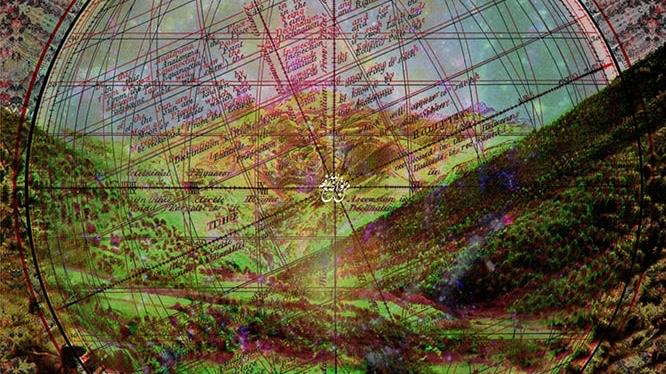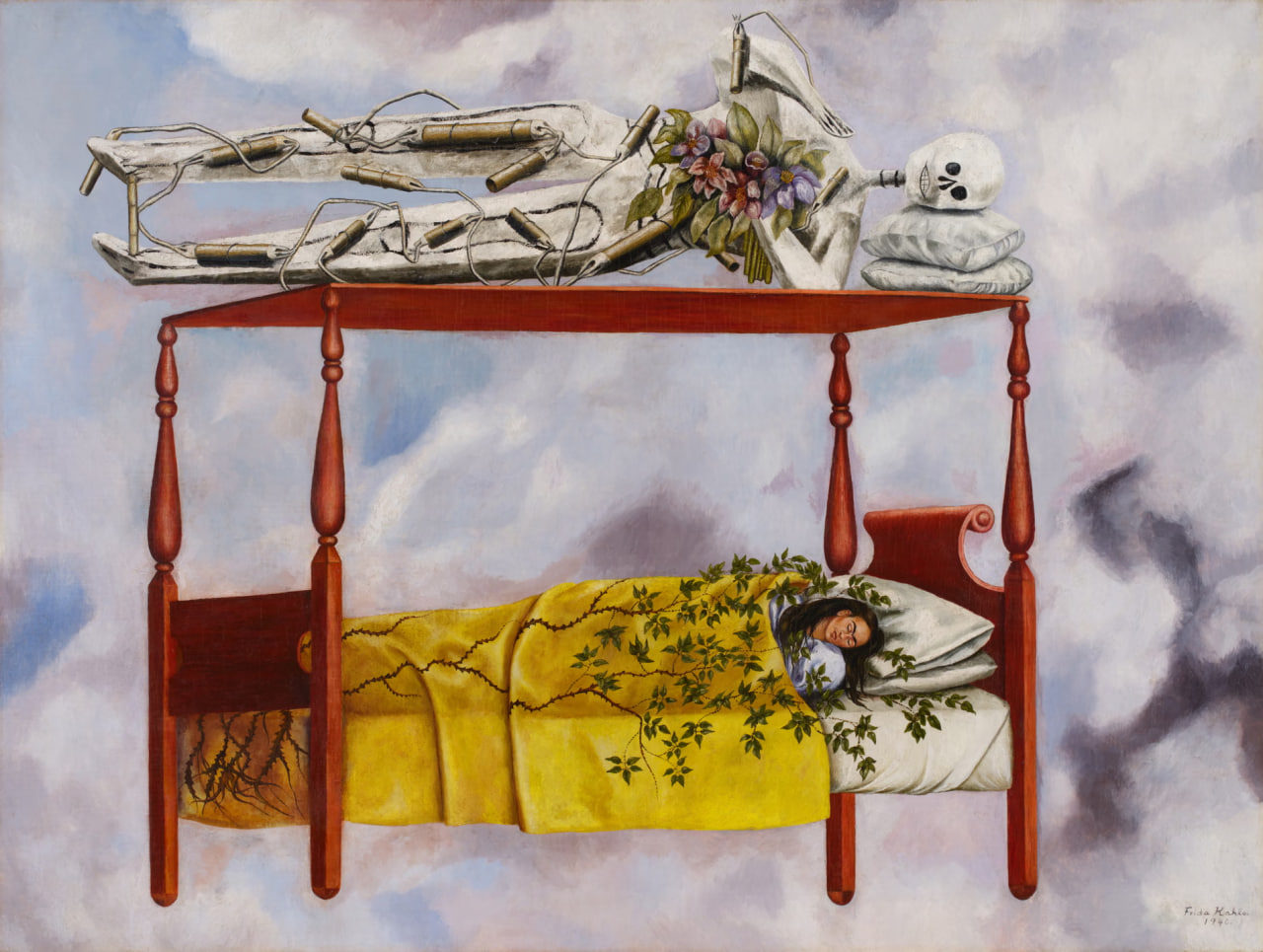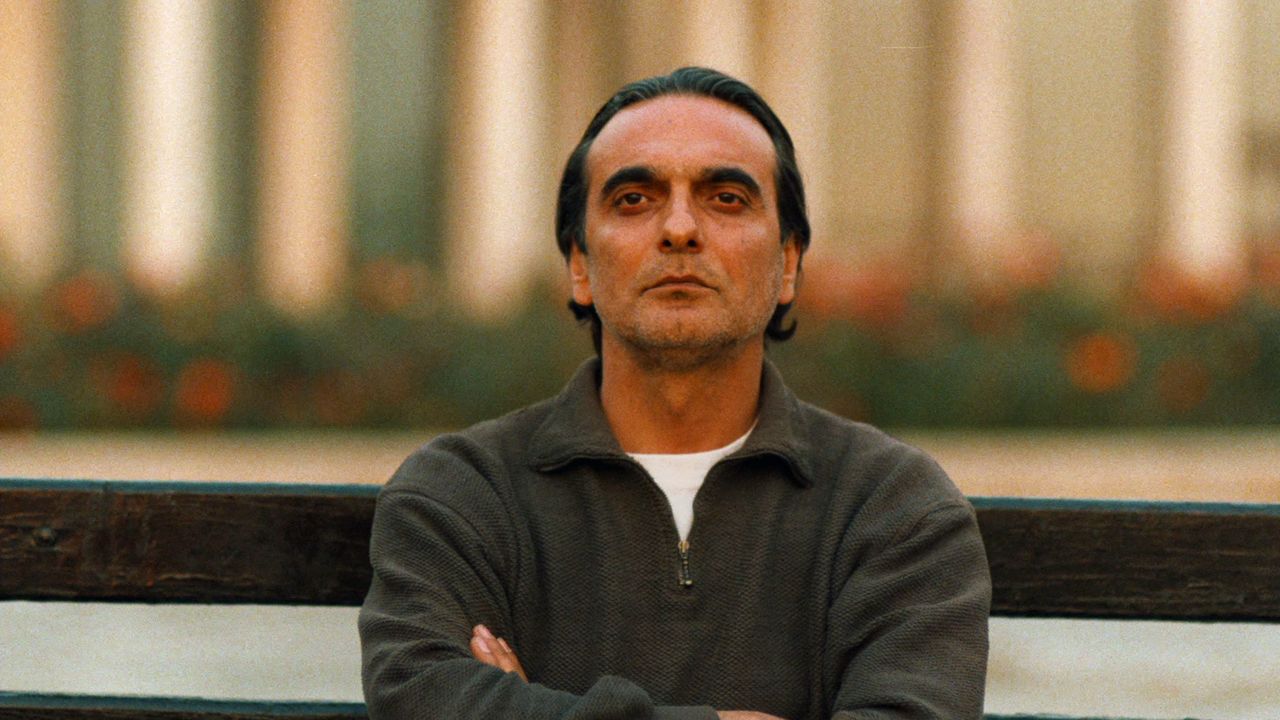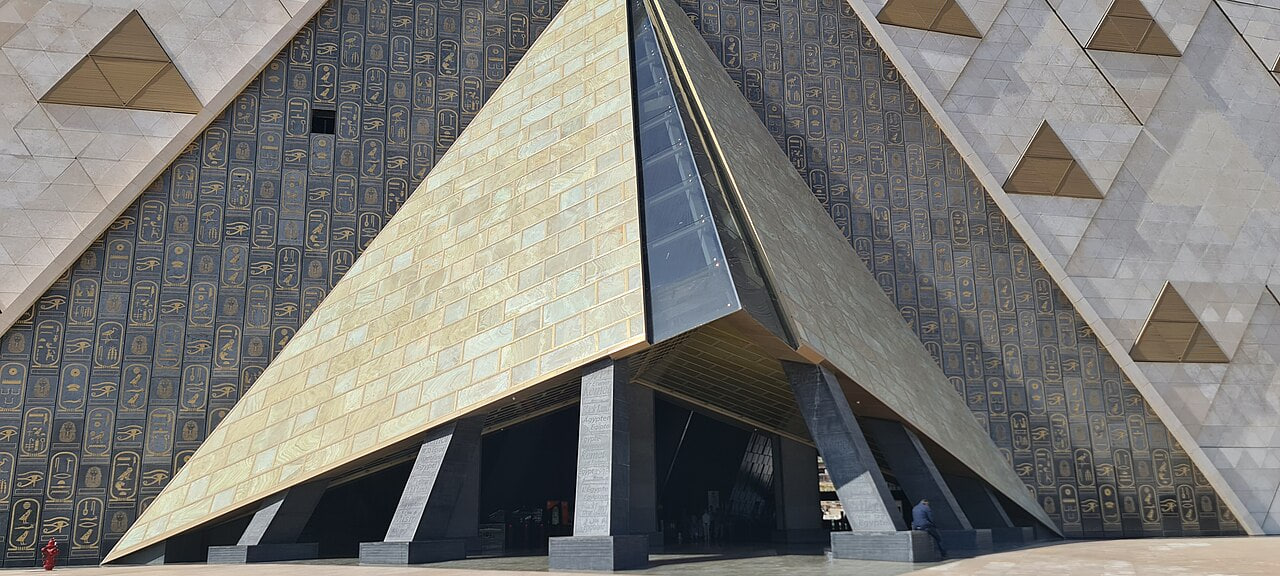Mohammad Ali famori seeks to understand and define the existing hypnosis in the conscious and subconscious perusal of the individual under the symbol’s influence in the Hypnotic Zone. Based on his belief, contemporary human is under the daily media bombardment of images and symbols which affects his visual memory. By this effect, not only new symbols are placed, but also the old ones are re-stored in the subconscious with new meanings. This process of inducing new symbols and the change in the definition of old symbols happens not overtly but cloudedly in the deep layers of the mind over the time.
famori got his bachelor degree in Photography from Tehran University of Arts and his master in Cultural Management from Islamic Azad University, Science and Research Branch. Since 2006, he has exposed his art in 28 international group exhibitions including: “The Identity Architecture Exhibition” at Plaza Casanardi Gallery in Venice, Italy and “The Art Box” in Basel, Switzerland. famori has exhibited the “Hypnotic Zone” collection in his first solo exhibition on the walls of Tehran’s Seyhoun Gallery in 2017.
The Hypnotic Zone, painted in eleven frames: is a combination of photography and classic and digital painting, which is implemented with a multi-stage digital print on the most classic material, i.e. canvas. The size of the works is 120*120cm allowing the audience to get involved in the image and to recognize all the details as independent visual elements at the same time.
According to Pythagoras (ancient Greek philosopher and mathematician), numbers are really powerful. “Everything is a number,” He believed that numbers, letters, and words represent the true nature of the universe. famori is the founder of using the symbolic side of numbers in stylistics in photo media painting in Iran, a part of which is displayed in eleven frames of The Hypnotic Zone.
The collection has technically reached a three-dimensional space on a two-dimensional surface, in which the new layers of the image will be created based on the adaption of eye pupil after staring without the need for three-dimensional polarized glasses. This imaginary and three-dimensional space gives each audience a unique opportunity to get a total different image from other’s in painting .The number of layers of pictures depends on the individual’s decode and marking of their subconscious.
The title of each eleven paintings in the collection is a number from zero to ten. These eleven figures are reminiscent of the eleven stages from the moment of creation to the moment of reaching the end of the line. It also attemptes to form the first perusal of hypnotic collection by number coding and decoding as the first symbols in the audience mind.
According to famori, the feeling of suspense or uncertainty about the image felt by two different audiences has been one of the purposes of the creation. Confronting this collection, some audiences fall in love however some other are even terrified. Some of these paintings were formed during the process, and others originate from the artist’s dreams. The process of creation has been a path of discovering his own subconscious for famori.
Number zero
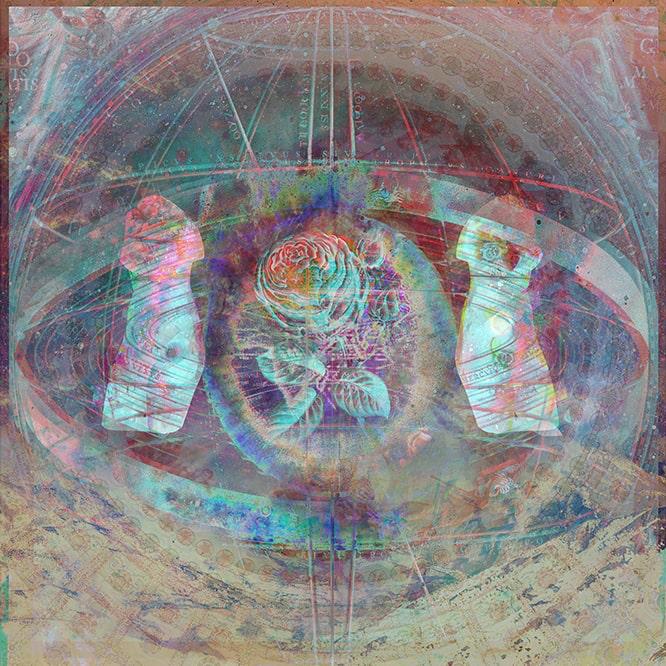
This piece is influenced by a dream of the artist; moreover, there are eleven layers of image in it. The concept of the universe is depicted where there is a mountain peak in the background. At the heart of that open universe is another world being seen as the cornea of the eye, which guides us to look at the world from this perspective at the moment of creation. On the way of reaching the eye, there is a gate that is supported by two pillars with Torso statues. As he states:” creation is nothing but a symbol of womanhood and fertility.”
Torso is a symbol for famori: a statue of a woman without head, arms and legs still with a feminine nature. In the center of the cornea, which is actually dissolved in some way inside the world, is a red flower, as one of the symbols of creation. Fractal (the geometric structure in which each part is the same as its whole) can be seen in all layers of nature and creation. Even in the appearance of this red flower, we can see a transformation that is changing its nature. At the end of all this, a peak has been drawn, and if we reach it, we will make a decent and deportment so that we can look at the world differently from the eye drawn in the heart of the painting.
Number one

Painting No. one is the moment when we got on Earth. One pyramid a peak at the top and one on the bottom are drawn depending on the movement toward either of these directions. At the center of the universal work drawn by the artist is a snail in it, and in that world is another world, which refers to how parallel worlds move. It has been said that parallel worlds revolve around each other very quietly and like snails.
In the background of this work, we see the image of a mass of people. People who are counted as the cause and founder of the concept in parallel worlds with their variety in tastes and believes. No matter what the definition of this concept is, due to the fact that it is accepted by a mass of people it stays true. The tortuous path to reach these peaks defined both at the bottom and at the top, speaks of injustice. It is truly difficult to go up or down, we are facing a winding path. The heart of all these images created by famori is full of symbols that have been coded in people’s minds since the beginning of history. So everywhere in this image, each audience can find these symbols and define their world based on a personal point of view.
Number Two
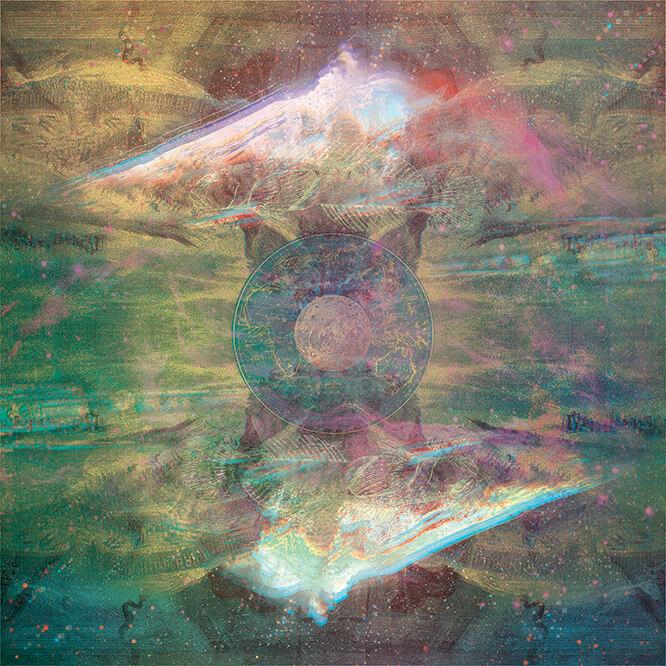
Here as well, we have two peaks at the bottom and on the top which are completely inside the parallel world. The peaks are faded the path is mostly obscure. It is exactly same as the real world, same as what happens to us. In the background, there are pictures of utopia old map. In the general background, a staring human being is drawn for us. At the center, there is a universe that has emerged as a cover for the moon. For the artist, the moon has always been a parallel world, because its inherent duty has always been to reflect part of the light, and it does not have a nature lonely. There are four snakes in the four corners of the work, symbolizing the four mental injuries that attack our mental framework. famori believes that human being is always in a paradigm (pattern of judgment) between these parallel worlds, which either accepts its existing philosophy or denies it.
Number Three

The main motivation in this work is the mass of people. When we talk about the number three, it is when we think out of the binary (displaying numbers based on two) thinking box, Good and bad, zero and one perspectives, looking for a third element. On the other hand, the fractal three refers to the pyramid, who produce this pyramid illusion. As we move away from the center of the image, the faces of the masses become more visible. This is also happening in the outside world; we never know about the faces and identities create those who form the main ring at the center and top of the pyramid.
Like the Number Zero here, we have a red flower that has been poisoned again. According to the artist, the acceptance and transmission of this hermeneutic thought is done right after birth. Around the work, twelve images of the moon have been selected over a 28-day period in a dark and light system that shows that as the moon changes shape in the sky, the appearance of power also changes, but the nature and loop of power remains the same. famori believes that the effect of the concept of the moon on the body and mentality of the masses is obvious. There are a lot of hidden geometry and conceptual images in this work, such as poisonous mushrooms that are tangled in the corners of the work.
Number Four
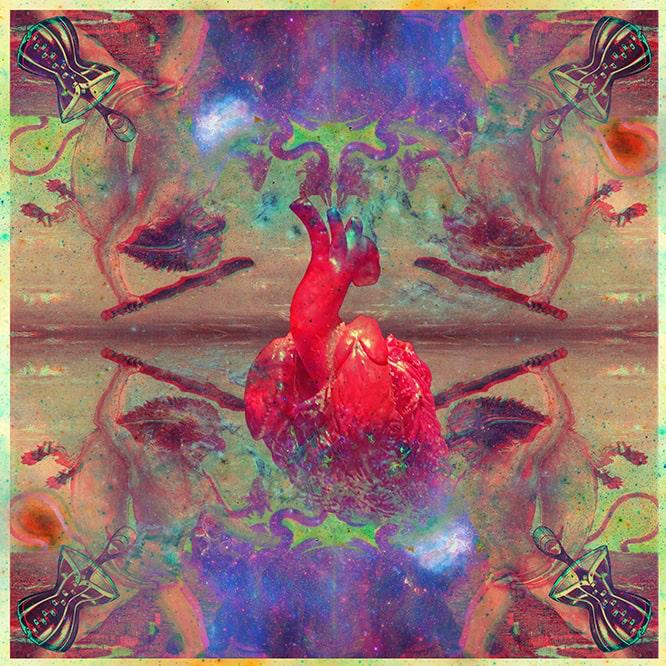
The most famous work is No. four, which was first shown in Switzerland and later in Italy. The number four is defined as famori’s framework of mind in four elements, in four logical and mystical ways. In the center of the image, we see a beating heart, which is borrowed from the people and leaves it to themselves. In other words, it has a reflection that reflects the mental framework of the people. The artist believes that in the 21st century, when advertising as a pervasive element shapes the minds of all people, the container occupies the contained. Four men in the four corners of the work with a stick convey violence. According to famori, every society uses this violence to convey its own intellectual framework, and there is no way out of it.
Number Five
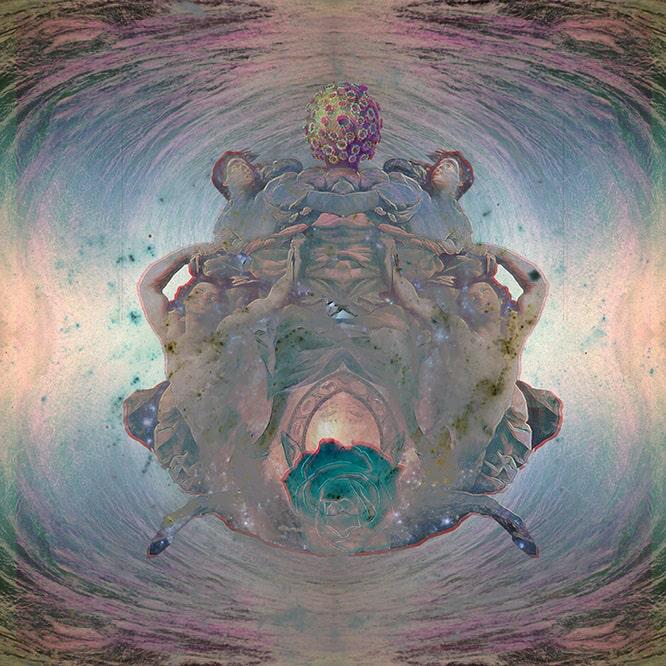
This work is based on the pentagonal geometry. The artist has drawn two sections consisting of creatures reproduced in the mirror and two sections inferred from the mother symbol in the mirror. In the center, an alien is depicted sitting. In this work, famori believes that in our perception of creation, a large part has been assigned to non-organic beings and a part to the mother of the earth and another part to non-earthly and spatial beings in different proportions.
Number Six

The number six is the number of creation in all religions. It is said that God created the earth and the sky in 6 days and paid the number 7 to human. Arash Noor Aqaei writes in the book “Number, Symbol, Myth”, “In China, the number six is the number of the sky, and it also evokes the four main directions in addition to the top and the bottom. This number commemorates six days of creation in Sumerian, Hebrew and Christian culture”.
In this painting, famori touches one of the concepts of creation whithin nature itself. We see the a face and a mask in the center of the work, inside of which there is a symbol of the flower of life, which consists of 6 circles around a hexagon and a seventh circle: a human; a connecting ring. Everywhere on earth that creation happens, the number six exists, this hexagon is in the hive of bees, snow crystals, and salt crystals. Anyone who discovers it, is hidden over the sense that he actually put a mask on his face.
Number Seven

The number seven has a special sanctity among the different tribes. “Seven Amshaspands of the Zoroastrian religion, seven horses of the sun rotate in Indian mythology, seven cows and seven spikes that Pharaoh dreamed of, and seven gods of the Manichaean dynasty all speak of the sanctity of the number seven,” writes John Hinels in his book, “Recognition of Iranian Mythology”.
In the center of the work, the number 7 is drawn as a circle that symbolizes the world made in our minds. famori believes that our conception of paradise is the result of the storage of images in our genetics due to nature. Later generations, who received less of a picture of pure nature, made their subconscious unable to build anything outside of that circle in the construction of paradise and their utopia except geometry and cement architecture.
Number Eight
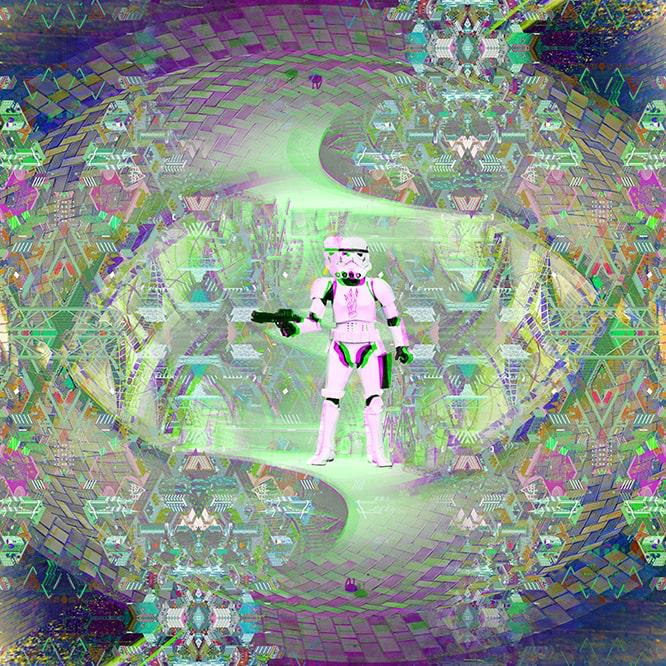
The story of the utopia is told by famori in number 8, which is considered as an evolutionary number. Ali Akbar Khanjani writes in his book Basics of Mystical Mathematics: “Eight in inside means searching for God , i.e. God guides human beings in order to find its humanity, and to know God through the inner signs, this is the process of thinking and science, and numbers are the tools of this identification in human beings”. In the center of work, we see number 8 as an eye in which a path has opened, the path to reach the utopia in that climate and the soil. The artist has seen a mental path to reach the utopia in the whole of this work.
There are arches inside the eye that have been seen both in Roman times and in Islamic architecture, which is a combination of Sassanian, Indian, African and even Byzantine architecture. famori believes that all these roots, both in the utopia of the East and in the Western utopia, with all their apparent differences, have much in common.
Number Nine
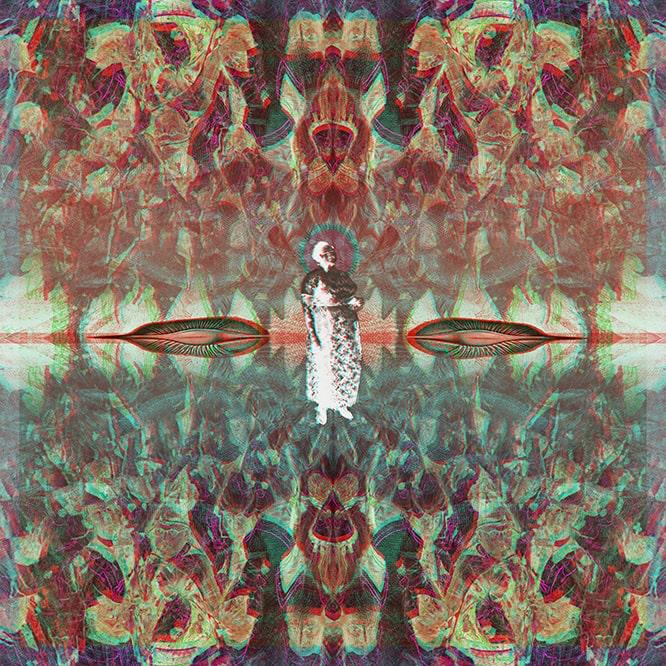
The symbolic image center depicts a mother who can not be distinguished as a white or a black. Humans with pointed hats look like the clothes of the Grand Cocleus Sect in front of the image, which, the halo of motherhood, makes them look like demons. famori considers the mother to be the only Enlightenment in the racist era of the contemporary era and has depicted it in number 9 in his collection.
The visual illusion of the work in a three-dimensional space at the lower center point of the frame is a monkey depicted in silence against oppression and racism. At the center of the upper half is a visual illusion of a dog as the guardian of the time, who is as well as his parallel image in the lower half, a spectator.
Number Ten
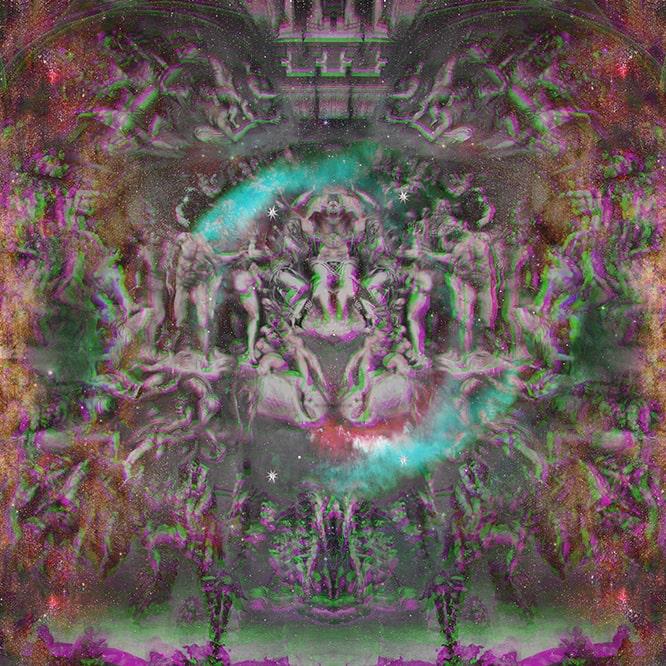
The eleventh and final work of the famori’s collection depicts the resurrection and the apocalypse. Asqar Heydari states in his book, Understanding the Spirits of Nations, : “In India, the number ten is the base for the next ten, and the Chinese use the number ten for astronomical purposes and prediction,while considering it to be the ultimate perfection”.
In painting number ten, a human’s feet are placed as observers at the top of the image and God in the center. All creatures are disappearing, but they are still moving toward the center and the Creator. At the bottom of the image, the devil is sitting as a passive observer. The overall geometry of the image is designed in the shape of a heart, and the hidden geometric concepts in the two triangles express its overall layout.

